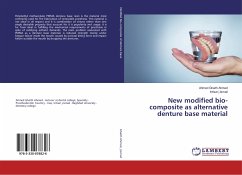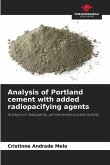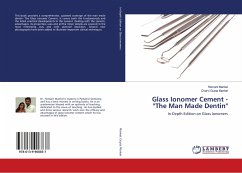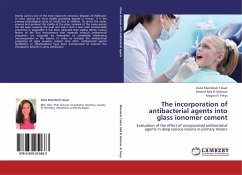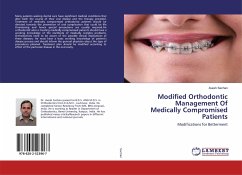Portland cement has been introduced in dentistry as mineral trioxide aggregate (MTA) by adding bismuth oxide as a radiopacifier. The material has limited uses in dentistry due to its long setting time and inadequate compressive strength. Modifications to the Portland cement were made by addition of calcium aluminate cement and by elimination of gypsum which is used as a set retardant in Portland cement manufacture. The resultant prototype materials were composed of tricalcium silicate, dicalcium silicate and tricalcium aluminate. On hydration calcium hydroxide was produced which accounted for the material biocompatibility. The materials exhibited a clinically acceptable setting time, adequate compressive strength, high pH, and good marginal adaptation and acid resistance. The cements were very reactive and were effected by media used routinely in specimen preparation. In addition there were no adequate standards available for testing materials for use as root-end filling materials
Bitte wählen Sie Ihr Anliegen aus.
Rechnungen
Retourenschein anfordern
Bestellstatus
Storno


